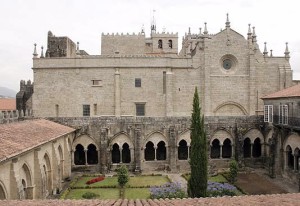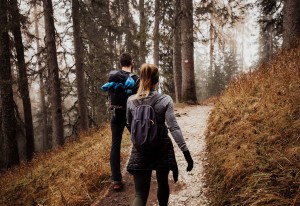The days that remain until spring begins are scarce. Therefore, there are also few weeks to start seeing the different routes of the Camino de Santiago crowded with people. And how we like that!
For more than obvious reasons, there are many people who decide to undertake this experience in spring. The temperature is mild but without getting hot as it happens in summer. The rains are scarcer. There are more establishments open…
An endless number of reasons make an interesting percentage of the total annual pilgrims decide to visit it in spring.
But like everything in life, starting this Andaina in the spring has its pros and cons, which we will analyze below.
Why choose spring?
As we mentioned before, the greatest benefit of walking the Camino de Santiago at this time is the good weather. Both the average temperatures and the scarce rainfall.
Due to the weather, we will also have lighter luggage, since it will not be necessary to bring as much warm clothing as it does in winter and late autumn.
The days are getting longer, so you can make better use of the light.
As we also mentioned at the beginning, walking the path in spring will ensure that the establishments will be open. Hostels, hostels, pensions, bars, restaurants…
And of course, the landscapes. Much greener and more colorful than at any other time of the year.
What are the cons of this time?
The truth is that we cannot talk about cons as such, but we can advise you that, in times of greatest influx such as May and June, do not choose or, at least try to avoid, the busiest routes.
If you do not avoid routes such as the French or Portuguese Way in times of greater influx of people, it is possible that you will not find a place in the accommodation or that you will not be able to stop to eat in the place that you had looked at.
The backpack in spring
As we already recommended at the time, if you are going to do the Camino at this time of year, you will not have to wear too much warm clothing.
- A pair of thermal shirts: for the coldest hours of the day
- A neoprene-type outer layer: It is a light garment, which shelters just enough and so that you can take it off and put it on depending on how cold / hot you are.
- A removable hiking pants: that you can also adapt to the temperature at any time.
- A thin raincoat: for unexpected downpours.
As you can see, you can go fully equipped with very little.
Obviously, do not forget the rest of the elements of the backpack, such as the sleeping bag, the first aid kit, sunscreen, water, flip-flops…
Tell us about your experience! We put the social networks Facebook and Instagram at your disposal.
Have a good way, pilgrim!












